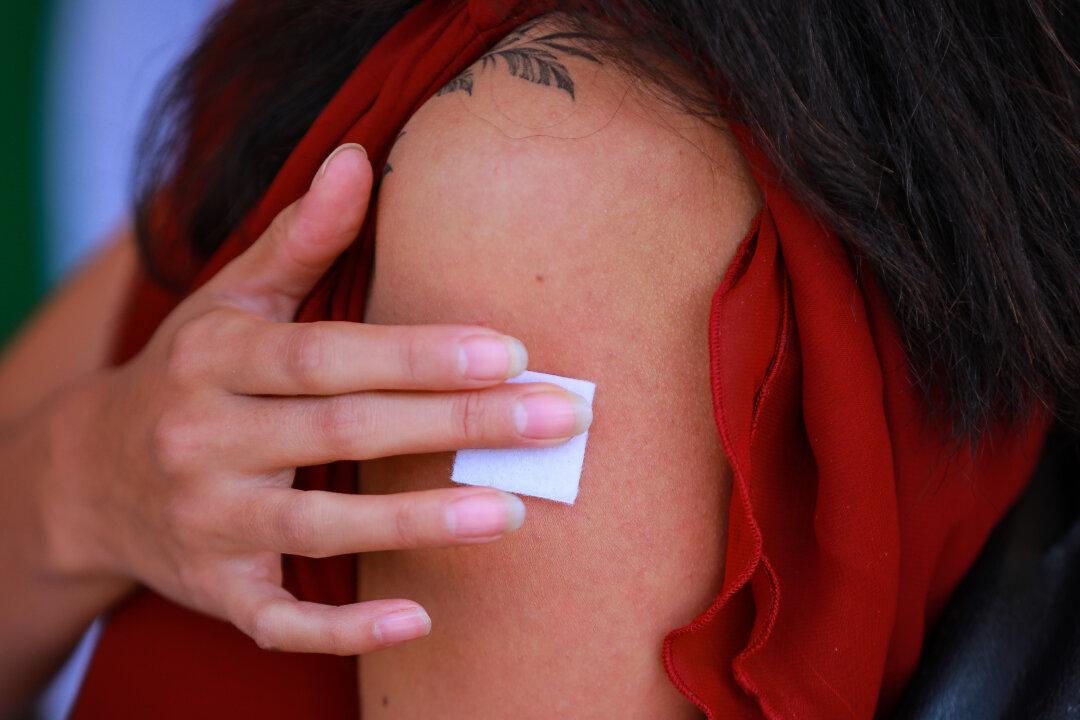Researchers have designed a vaccine printer that can produce COVID-19 mRNA vaccines on the go, as part of the intense effort to get more people inoculated.
Published on April 24 in Nature Biotechnology, Massachusetts Institute of Technology (MIT) scientists said their current vaccine printer prototype can produce 100 thumbnail-sized patches in 48 hours, with the potential to be scaled up to generate up to hundreds of vaccine doses a day.





